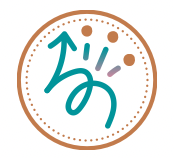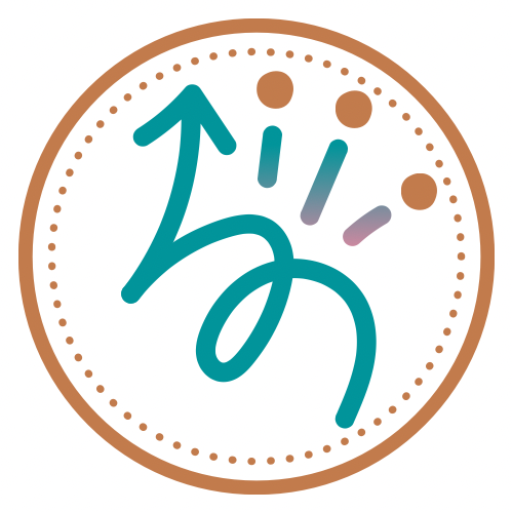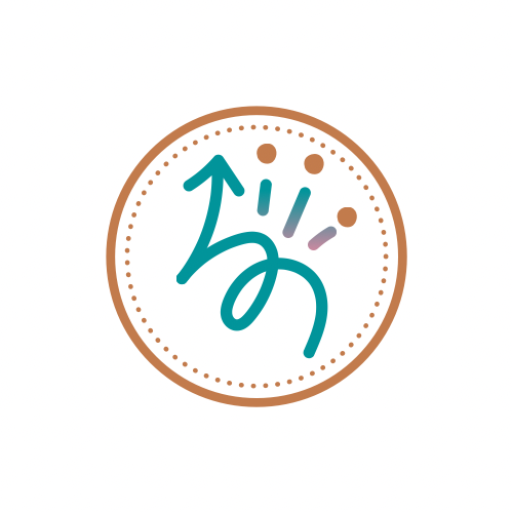The Pincer Grasp
This article discusses the pincer grasp, what it is, its importance, and how occupational therapy can help assist in improving fine motor differences. Plus, 30 pincer grasp exercises are included that specifically work on the pincer grasp.


This content is not intended as a substitute for medical advice, diagnosis, or treatment. Always seek the advice of your physician, therapist, or other medical professional regarding a medical condition or treatment. This content is for informational purposes only. See full disclosure here.
All links in this post are non-affiliate links, and are provided for your convenience.
What Is The Pincer Grasp?
The pincer grasp is a fine motor grasp that uses the index finger and the thumb to grasp small objects. We use this fine motor grasp to pick up small items such as beads and coins, and while buttoning and unbuttoning clothing. Plus it is the foundation of a good pencil grasp while writing.
Babies typically begin using the pincer grasp at the age of four months allowing them to more precisely pick up small items such as cheerios instead of using a palmar grasp, whole hand grasp. The inferior pincer grasp develops first using the pads of the index and thumb to grasp objects. As this skill develops, they will use superior pincer grasp where they will be able to pick up small objects using the tips of the index and thumb. The superior pincer grasp is typically fully developed by 12 months of age. See pictures above. This particular fine motor skill helps to set a foundation for a functional pencil grasp when beginning school.
Why Is The Pincer Grasp Important?
This type of grasp is important for handwriting skills, picking up small objects, using a spoon or fork for self feeding, as well as dressing skills such as manipulating buttons and zippers. It is the basis for many daily functional tasks such as tying shoes, picking up coins, food prep like snapping peas as well as tasks such as picking a four leaf clover or even picking up a potato chip.


Occupational Therapy and The Pincer Grasp
Occupational therapists work with individuals across the lifespan develop and/or build fine motor skills such as the pincer grasp. Therapists will assess and evaluate fine motor skills including the pincer grasp through various assessments and through observation. Occupational therapists often will address activities of daily living and how fine motor skill differences may have made an impact on daily life function. For example, therapists will often ask questions regarding dressing, bathing, and self feeding (ie: activities of daily living) and if any daily skills have been affected. A home exercise program will be provided based on your specific needs.
If you have questions or concerns regarding fine motor skills whether in a young child or as an adult, contact your physician and occupational therapist to discuss your concerns and get an evaluation.

Pincer Grasp Exercises
Below is a list of fine motor skills that specifically work on the pincer grasp. In addition to the pincer grasp, many of these exercises also combine the use of other upper body and/or fine motor skills such as bilateral coordination, in-hand manipulations skills, and fine motor strengthening among others. Pick and choose which exercises are right for you based on your own needs and available manipulatives.
A Special Note On Adding Fine Motor To Your Day
Oftentimes, the best way to improve fine motor skills is to intertwine fine motor activities into your daily life by presenting opportunities throughout the day. For example, create a fine motor box that includes various fine motor gadgets that can be readily available. Place fine motor games like board games on the counter, and try to focus on fine motor skill development while performing daily activities like getting dressed and during food prep. Focusing on fine motor skills periodically throughout the day as a part of your daily routine will help it become a part of your daily routine instead of a chore to add to your “to-do list”.






Pincer Grasp Activities
- Wind-up toys
- String beads
- Sort beads and buttons by color, shape, or size
- Lacing activities (see picture above)
- Spin tops
- Tinker time: Punch holes in a piece of cardboard. Push dull ended screws through the holes and secure with nuts (pictured)
- Build a 3-D structure using marshmallows and toothpicks
- Practice picking up small rocks, peas, or beans
- Make tweezers using chopsticks to pick up small items such as pom poms, cotton balls, or even wadded up paper (see picture above)
- Pluck pieces of grass or pick small wild flowers using the pincer grasp
- Go on a nature hunt collecting seeds and other small treasures from the ground
- Using play dough, modeling clay, or thera-putty make a snake and roll out small balls to pinch using the pincer grasp
- Using a clothes pin, pick up small items such as cotton balls or pom poms or even wadded up paper.
- String noodles or cereal. Make a necklace or garland out of it.
- Turn on/off all lamps in the house
- Participate in meal prep such as snapping beans, peeling wrappers, opening bags, etc.
- Peel and place stickers
- Place coins in a piggy bank or small beads in a container with a small opening such as an empty spice container
- Draw and write using sidewalk chalk
- Blow and pop bubbles making sure to use the pincer grasp while holding the wand and also while popping the bubbles- think “alligator mouth” while popping bubbles.
- Eye dropper art projects (rainbow eye dropper project or eye dropper leaf project)
- Participate in fine motor games such as Lite Brite, Legos, geoboards, board games with small game pieces, or card games
- Peel and tear masking tape, create a piece of art using the tape pieces.
- Look through and read a book turning pages one at a time using the pincer grasp
- Tear small pieces of paper and make a collage. Glue pieces using a Q-tip cut in half.
- Cut a Q-tip in half, make dot art using paint (see picture above)
- Make a dried bean art masterpiece like this Thanksgiving turkey. Create your own design.
- Play button tic-tac-toe (pictured above)
- Using pipe cleaners, create your own design or wrap it around a pencil creating a bouncy spring.
- Pop bubble wrap- large and small
*Caution! As with any fine motor activity, please use caution when working with small items with children under the age of 3 years or for anyone who chews on non-food items.
Here Are Some Other DIY Project You Might Enjoy:
Thanks for stopping by. More fine motor and upper body resources will be added soon. Sign up for The DIY Newsletter HERE to stay up to date.
Resources
Pincer Grasp Resources
- The NAPA Center’s pincer grasp activities for babies and fine motor activities
- The OT Perspective’s pincer grasp activities





